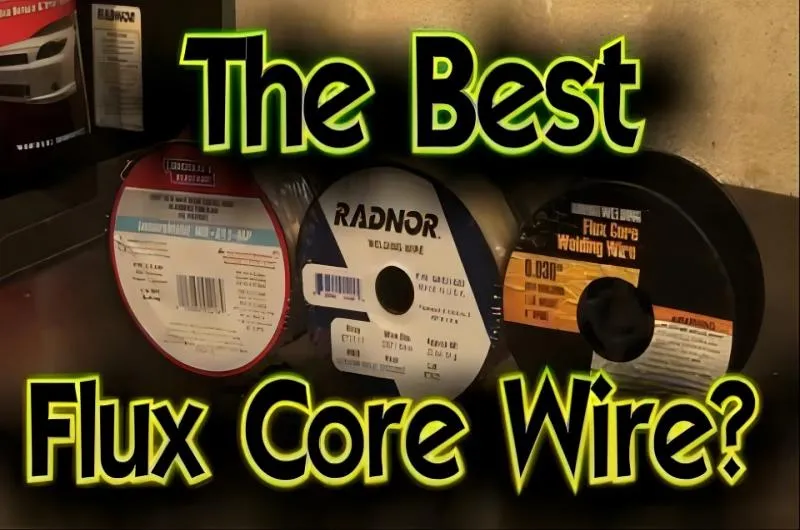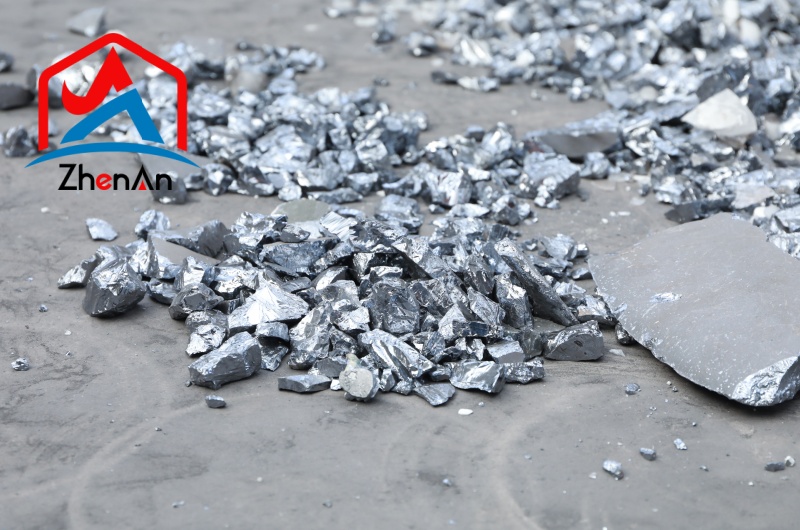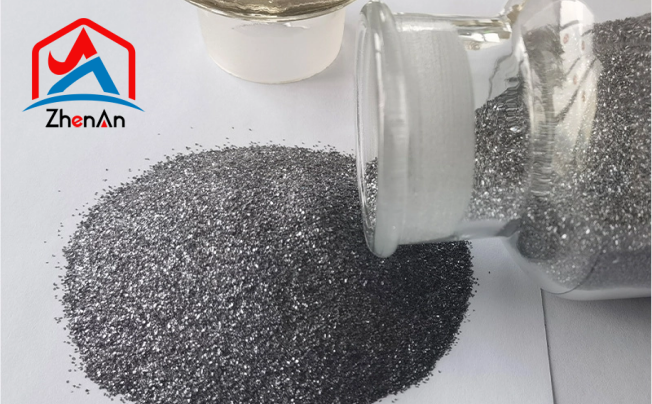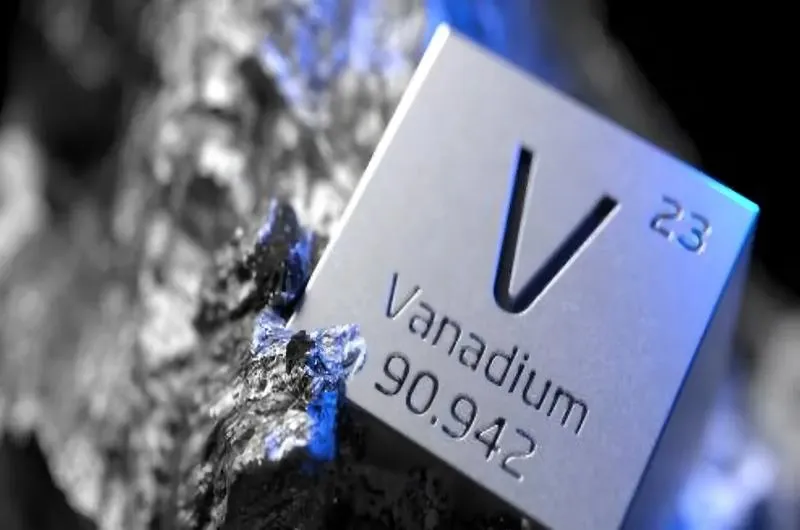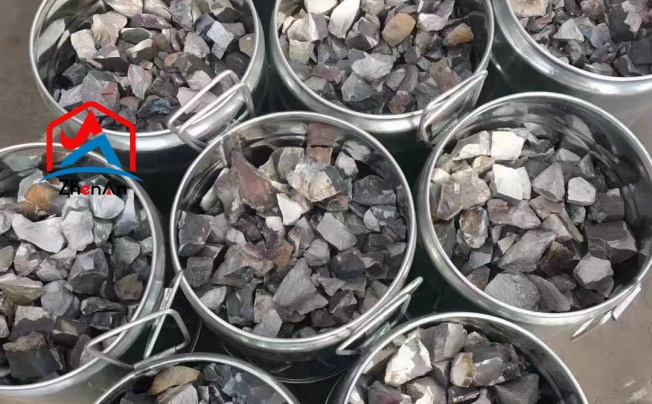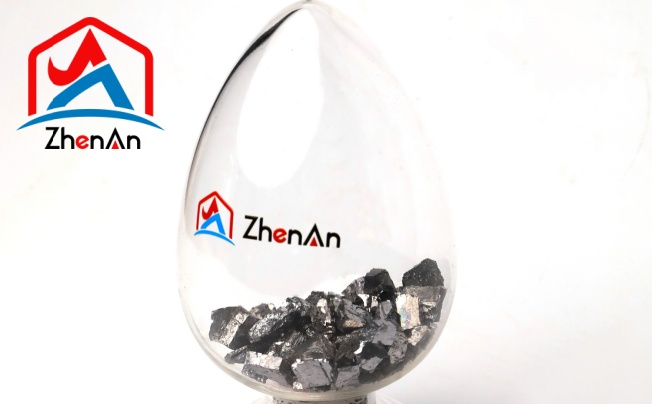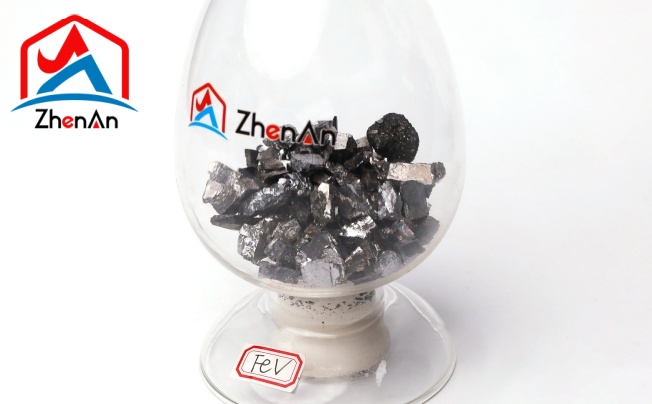BY  GENN
GENN
2024/04
Blog
How Does Flux Core Wire Work?
Definition and Composition of Flux Core Wire
Flux core wire, also known as flux-cored arc welding (FCAW) wire, is a type of welding electrode that contains flux within its core. The flux is a granular material made up of compounds that generate a protective gas shield when heated during the welding process.
This shield prevents atmospheric contamination of the molten weld pool, leading to high-quality welds with excellent mechanical properties. The composition of flux core wire typically includes a metal sheath surrounding the flux core, providing additional protection and stability during welding.
Comparison with Traditional Wire Types
Compared to traditional solid wire electrodes used in welding, flux core wire offers several distinct advantages. One key difference lies in the presence of flux within the core, eliminating the need for an external shielding gas in many applications.
This feature makes flux core wire more versatile and suitable for outdoor or windy conditions where gas shielding may be challenging. Additionally, flux core wire tends to penetrate deeper into thick materials than solid wires, making it ideal for heavy-duty welding tasks.
Benefits and Advantages of Using Flux Core Wire
The utilization of flux core wire presents numerous benefits that appeal to professionals across various industries. One major advantage is increased productivity due to higher deposition rates achievable with FCAW processes compared to other welding methods.
Additionally, flux core wire offers excellent weld bead appearance and smooth arc characteristics, facilitating better control and maneuverability during welding operations. Furthermore, the ability of flux core wire to weld through contaminants like rust or paint enhances its versatility and practicality in real-world scenarios.
Explanation of Flux Core Welding Process
Flux core welding, a variation of MIG (Metal Inert Gas) welding, involves the use of a continuous hollow wire electrode filled with flux. This flux serves multiple purposes during the welding process. As the electrode is fed through the welding gun and into the weld pool, it melts to form a protective slag over the weld area.
The heat generated by the arc causes both the electrode wire and the flux to melt simultaneously, creating a stable arc for efficient welding. This process allows for high deposition rates and deep penetration into the base metal, making flux core welding suitable for thick materials and outdoor applications where wind can affect shielding gas.
Role of Flux in Protecting the Weld Pool from Atmospheric Contamination
One of the key functions of flux in Fux Core Wire is to shield the molten weld pool from atmospheric contamination. The flux undergoes chemical reactions when exposed to high temperatures, releasing gases that displace oxygen and nitrogen in the surrounding air.
By isolating the weld pool from atmospheric elements that can cause defects such as porosity or oxidation, the flux ensures a clean and strong weld joint. Additionally, some types of flux contain alloying elements that help refine the microstructure of the weld metal, improving its mechanical properties and overall quality.
Types of Fluxes Used in Fux Core Wire
There are various types of fluxes used in Fux Core Wire formulations, each tailored to specific applications and requirements. Rutile-based fluxes are commonly used for general-purpose welding due to their ease of use and good slag removal properties. Basic or low-hydrogen fluxes are preferred for critical applications where high-quality welds with minimal porosity are essential, such as structural fabrication or pressure vessel manufacturing.
Additionally, self-shielding or gasless flux core wires have a special formulation that eliminates the need for external shielding gas, making them ideal for outdoor or field welding where gas cylinders may not be convenient. The choice of flux type depends on factors such as material thickness, welding position, desired penetration depth, and environmental conditions.
How does Flux Core Wire Create a Protective Shield during Welding?
Flux core wire creates a protective shield during welding through the unique composition of its flux core. The flux is a blend of chemicals that, when heated during the welding process, produces gases that shield the molten weld pool from atmospheric contamination.
This shield prevents oxidation and other harmful reactions that could weaken the weld joint. The flux also forms a slag layer on top of the weld bead, which can be easily removed after welding is completed.
Heat Transfer and Penetration Capabilities of Flux Core Wire
Flux core wire has excellent heat transfer and penetration capabilities due to its specific design and composition. The flux within the core helps to control the heat input into the weld joint, allowing for deep penetration while minimizing distortion in the base metal.
This feature makes flux core wire ideal for welding thick materials where full penetration is necessary for strong, durable welds. Additionally, flux core wire can operate at higher welding speeds compared to other processes, making it efficient for various applications.
Welding Parameters and Techniques for Optimal Performance
To achieve optimal performance when using flux core wire, it is crucial to consider various welding parameters and techniques. Factors such as voltage, current, travel speed, and electrode extension play significant roles in determining the quality of the weld produced.
Proper selection of these parameters based on material thickness, joint configuration, and desired weld characteristics is essential for achieving high-quality welds with flux core wire. Additionally, employing techniques such as drag angle manipulation and maintaining consistent gun angle can further enhance overall welding performance with flux core wire.
Applications and Industries Utilizing Flux Core Wire
Driving Innovation in the Automotive Industry
The automotive industry has long relied on flux core wire for a multitude of applications, ranging from body repair to fabrication and maintenance tasks. In body repair, the use of flux core wire allows for efficient welding of panels and structural components, ensuring a seamless finish that meets stringent safety standards.
Fabrication processes benefit from the high deposition rates and deep penetration capabilities of flux core wire, enabling manufacturers to produce complex automotive parts with precision. Maintenance work in the automotive sector also sees a significant boost with the use of flux core wire, as it provides strength and durability to welded joints, prolonging the lifespan of vehicles.
Elevating Construction Practices with Structural Steel Fabrication
In the construction industry, structural steel fabrication is a key area where flux core wire plays a vital role. The versatility and performance characteristics of flux core wire make it ideal for joining heavy steel components used in buildings, bridges, and other infrastructure projects. Shipbuilding is another sector within construction that benefits from utilizing flux core wire for welding tasks.
The ability of flux core wire to weld in various positions and handle thick materials makes it a preferred choice for creating sturdy ship structures that can withstand harsh marine environments. The efficiency and cost-effectiveness offered by flux core wire contribute to streamlining construction processes while maintaining high-quality standards.
Pushing Boundaries in Aerospace Manufacturing
Within the aerospace industry, where precision and reliability are paramount, flux core wire plays a crucial role in aircraft manufacturing and repair operations. The lightweight yet robust nature of aircraft components demands advanced welding techniques, which are made possible by using flux core wire. From fuselage assembly to engine component fabrication, flux core welding ensures strong connections that meet stringent aerospace regulations.
Additionally, during aircraft maintenance procedures such as repairs or modifications, flux core wire enables technicians to execute intricate welding tasks with consistency and accuracy. As technology continues to evolve in aerospace manufacturing, the innovative applications of flux core wire pave the way for enhanced performance and safety in aviation systems.




